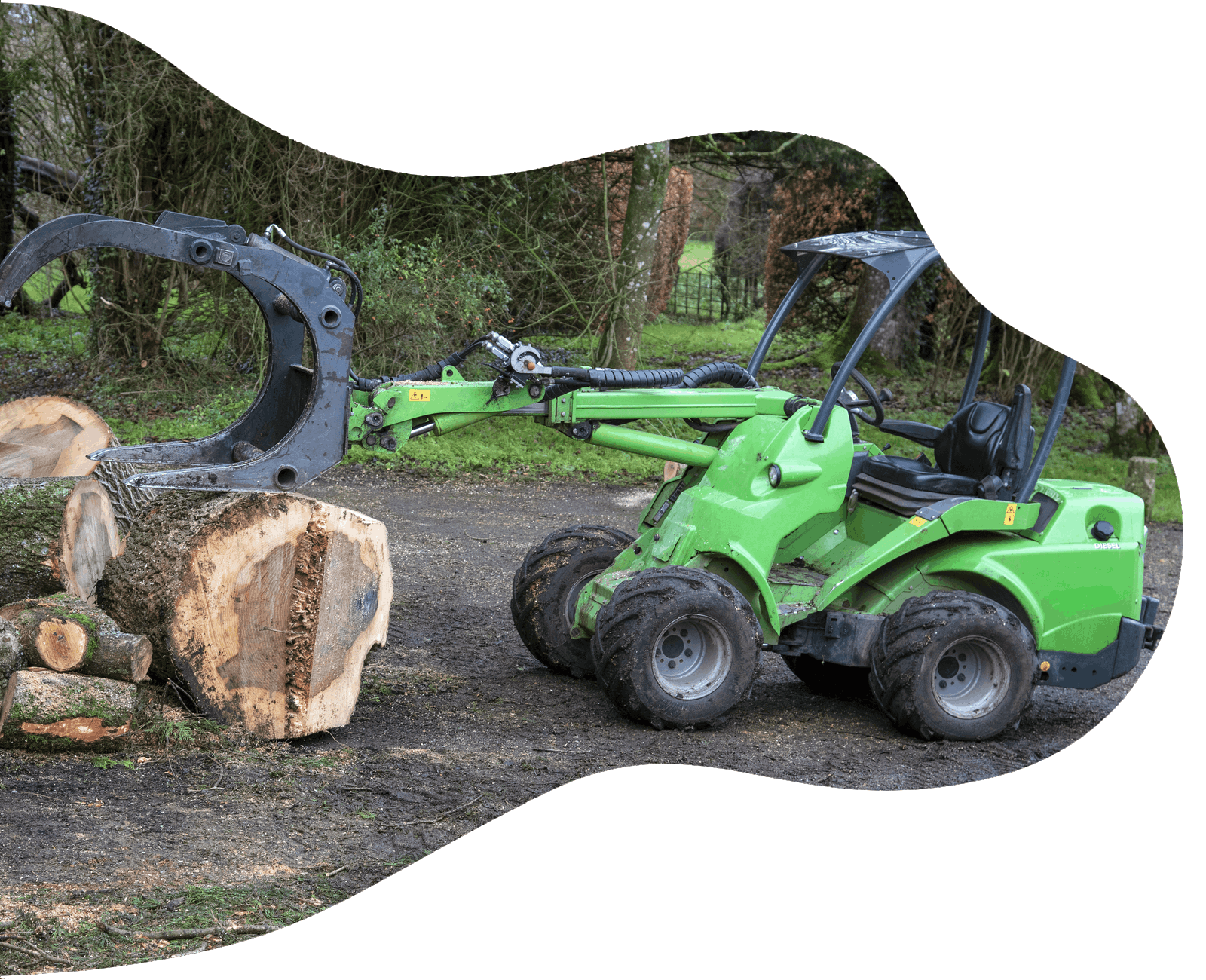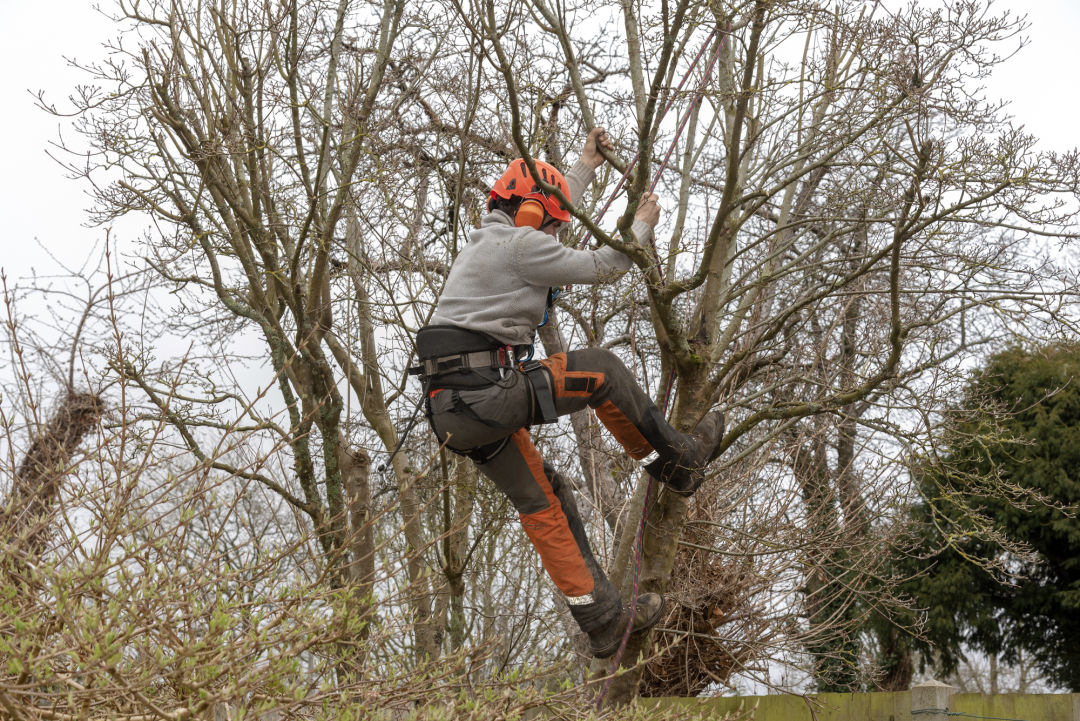The guys from Tree Dr are truly the specialists. Richard came out to do a couple of site inspections at no charge, gave me advice a few issues I had. The team did a magnificent job of trimming my 5 giant trees on the property. They also took everything away and tidied up. I would recommend them to anyone. Excellent service. Thanks Richard and team.

When it comes to tree removal using a chainsaw, preparation is key. If you plan the felling and which forestry equipment to bring, not only are you in for a safer working session, but your post-felling work can also be a lot easier. First of all, ask yourself if there are any major obstacles – such as overhead lines, roads or buildings – in the area. Deploy warning signs if you know that a road crosses the forestry area or that a lot of people pass by on a daily basis.
Continue by determining the felling direction by carefully studying the tree. How do the branches look and how do they grow? Also, take the wind direction into consideration. If you’re unsure of the tree’s natural direction of fall, step away from the tree and check with a plumbline (see fact box for details). Clear around the tree in the intended felling direction. Additionally, clear about 45 degrees behind the tree in both directions to create your path of retreat.
When you have cleared the area, put up your warning signs, decided on the tree’s direction of fall and created your path of retreat, you should check that you have enough fuel in the tank for the task ahead. Then it’s time to prune the trunk to get rid of all the branches and twigs that might get in the way when sawing the felling cut. The safest way to prune is to work with a pulling chain (underside of the guide bar) from the top down.
Once the trunk is twig-free up to shoulder height, it’s time to make the felling cut. When doing this, it’s important to remember two things: the hinge should have a uniform thickness with the right dimensions and the felling wedge or breaking bar should be inserted before the tree can pinch the guide bar. Which technique you should use for making the cut depends on the tree size, slope, and on the size of your chainsaw. We have put together information about the different techniques here; so that you can find out for yourself which method best suits your conditions.
If you notice that the timber is discoloured and soft or if the lower part of the trunk looks swollen or diseased, you need to be very careful. This is an indication that the tree is infested with rot and that means the wood fibres are weakened. When this happens, fell in the tree’s natural direction of fall and use a winch if you are unsure. Rot infestation usually subsides higher up in the tree, so one option might be to fell the tree with an extra high stump.
There are several felling tools to choose from when taking the tree down. The size of the tree determines which type of forestry equipment you need. For the smallest trees, you do not normally need the felling tools. Hand force is enough, possibly with the help of a long pole. The felling wedge provides greater felling force than the different types of breaking bar. In extreme cases you can use a rope and a winch, which is the safest and most powerful way to fell a tree. Have a look at the fact box for more information about the different tools.

